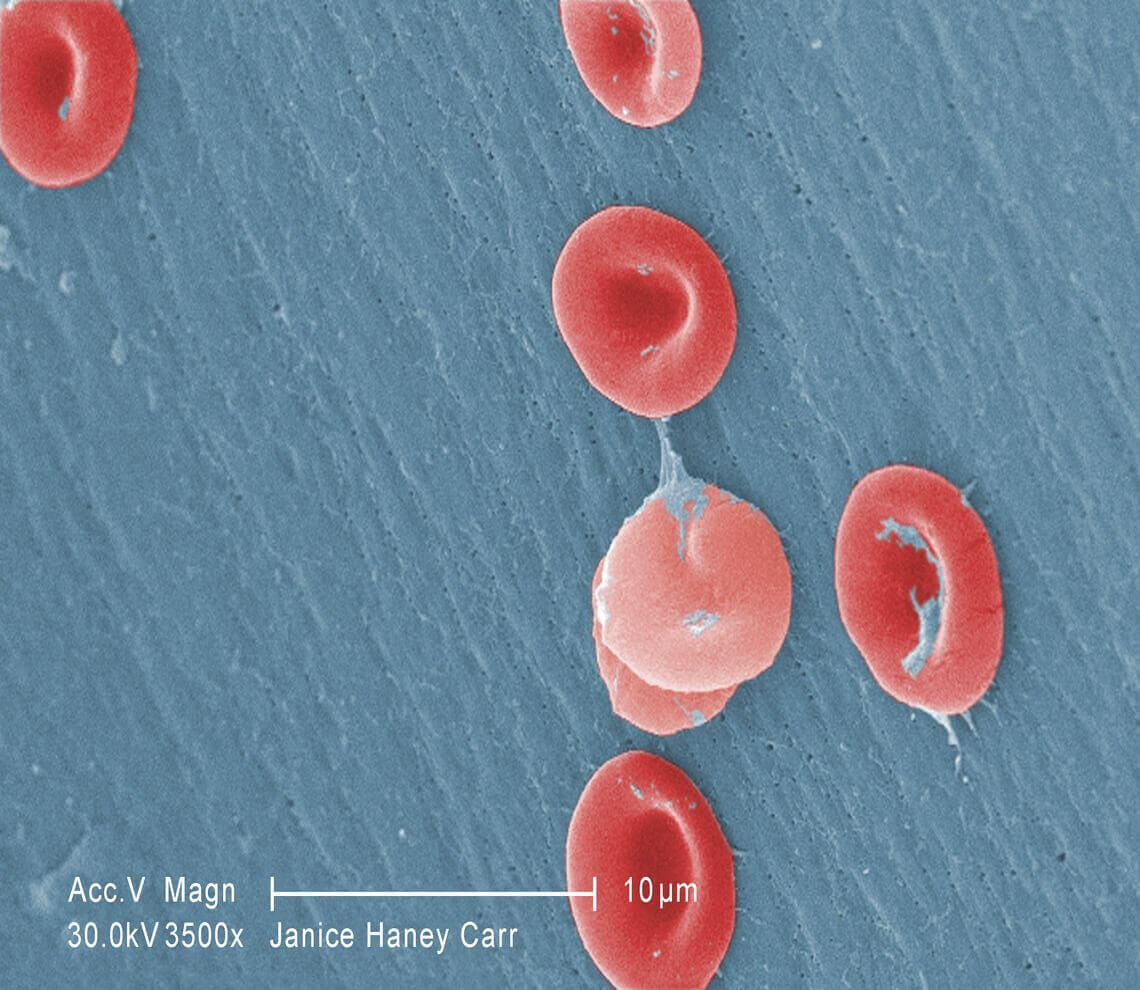- Our Suppliers
- MBS Monoclonals
- Mouse Anti-Mouse CD45.2/Ly-5.2-FITC
Product short description
Price:
393 EUR
Size:
500ug
Catalog no.:
GEN673533
Product detailed description
Gene name
N/A
Gene name synonims
N/A
Other gene names
N/A
Clone
104
Concentration
N/A
Other names
N/A
Purification method
N/A
Clonality
Monoclonal
Immunoglobulin isotype
IgG2a kappa
Latin name
Mus musculus
Also known as
CD45.2/Ly-5.2
Conjugation
Anti-FITC Antibody
Host organism
Mouse (Mus musculus)
Subcategory
Mnoclonal antibodies
Category
Secondary Antibodies
Form/Appearance
Fluorescein (FITC) Conjugate
Tested applications:
Flow Cytometry; Immunoprecipitation
Description
This antibody needs to be stored at + 4°C in a fridge short term in a concentrated dilution. Freeze thaw will destroy a percentage in every cycle and should be avoided.
Species reactivity
Mouse (Mus musculus); Due to limited knowledge and inability for testing each and every species, the reactivity of the antibody may extend to other species which are not listed hereby.
Test
Mouse or mice from the Mus musculus species are used for production of mouse monoclonal antibodies or mabs and as research model for humans in your lab. Mouse are mature after 40 days for females and 55 days for males. The female mice are pregnant only 20 days and can give birth to 10 litters of 6-8 mice a year. Transgenic, knock-out, congenic and inbread strains are known for C57BL/6, A/J, BALB/c, SCID while the CD-1 is outbred as strain.
Properties
This MBS Monoclonals Fluorescein isothiocyanate (FITC) antibody is currently after some BD antibodies the most commonly used fluorescent dye for FACS. When excited at 488 nanometers, FITC has a green emission that's usually collected at 530 nanometers, the FL1 detector of a FACSCalibur or FACScan. FITC has a high quantum yield (efficiency of energy transfer from absorption to emission fluorescence) and approximately half of the absorbed photons are emitted as fluorescent light. For fluorescent microscopy applications, the 1 FITC is seldom used as it photo bleaches rather quickly though in flow cytometry applications, its photo bleaching effects are not observed due to a very brief interaction at the laser intercept. MBS Monoclonals FITC is highly sensitive to pH extremes.
Storage and shipping
The purified (UNLB) antibody is supplied as 0.5 mg of purified immunoglobulin in 1.0 mL of 100 mM borate buffered saline, pH 8.2. No preservatives or amine-containing buffer salts added. Store at 2- 8 degree C. The fluorescein (FITC) conjugate is supplied as 0.5 mg in 1.0 mL of PBS/NaN3. Store the antibody ats should be kept in the range of 1-7 degrees Celsius.. The biotin (BIOT) conjugate is supplied as 0.5 mg in 1.0 mL of PBS/NaN3. Store the antibody ats should be kept in the range of 1-7 degrees Celsius.. The R-phycoerythrin (R-PE) and allophycocyanin (APC) conjugates are supplied as 0.1 mg in 1.0 mL of PBS/NaN3 and a stabilizing agent. Store the antibody ats should be kept in the range of 1-7 degrees Celsius.. Do not freeze! The Spectral Red (SPRD), R-phycoerythrin-Cyanine 5.5 (R-PE-CY 5.5), R-phycoerythrin-Cyanine 7 (R-PE-CY 7), and Allophycocyanin-Cyanine 5.5 (APC-CY 5.5) conjugates are supplied as 0.1 mg in 1.0 mL of PBS/NaN3 and a stabilizing agent. Store the antibody ats should be kept in the range of 1-7 degrees Celsius.. Do not freeze! The Cyanine 5 (CY 5) conjugate is supplied as 0.1 mg in 1.0 mL of PBS/NaN3. Store the antibody ats should be kept in the range of 1-7 degrees Celsius.. Protect conjugated forms from light. Each reagent is stable for the period shown on the bottle label if stored as directed.
Specificity and cross-reactivity
Mouse CD 45.2 (Leukocyte Common Antigen) The CD45 antigen is an essential regulator of leukocyte activation and development, and is now known to be a protein tyrosine phosphatase, e.g. CD45 is able to dephosporylate the Src family of protein kinases.1, 2 This activity is now known to be required for signal transduction induced by T and B cell antigen receptor engagement, cytokine signaling and Fc receptor stimulation. 1, 2 The functional state of CD45 also has a pronounced effect on lymphocyte development. CD45 exists in multiple forms, such as the restricted variants (CD45R; see companion products 1660, 1665, 1675, 1685 and 1820) and as allelic forms CD45.1/Ly-5.1 and CD45.2/Ly-5.2. The specificity of antibodies to CD45.1 and CD45.2 has been exploited in studies where resolution of donor and recipient cells is essential, such as in gene therapy or bone marrow transplantation. 3, 4 The monoclonal antibody 104-2 recognizes CD45 (Leukocyte Common Antigen) on all leukocytes of mouse strains expressing the CD45.2 allotype (e.g. A, AKR, BALB/c, CBA/Ca, CBA/J, C3H/He, C57BL, C57BR, C57L, C58, DBA/1, DBA/2, NZB, SWR, 129).; Since it is not possible to test each and every species our knowledge on the corss reactivity of the antibodies is limited. This particular antibody might cross react with speacies outside of the listed ones.
© Copyright 2016-Tech News . Design by: uiCookies

